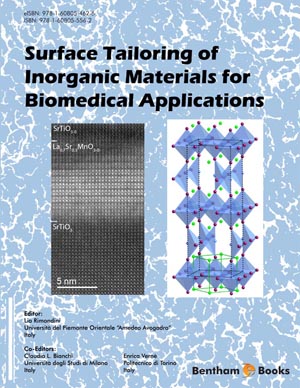Abstract
SHS investigation development is considered from the geographical and historical viewpoint. 3 stages are described. Within Stage 1 the work was carried out in the Department of the Institute of Chemical Physics in Chernogolovka where the scientific discovery had been made. At Stage 2 the interest to SHS arose in different cities and towns of the former USSR. Within Stage 3 SHS entered the international scene. Now SHS processes and products are being studied in more than 50 countries.
Abstract
There has been a transition in the definition of biocompatibility from a material that was once required to be inert and simply act as ‘filler’ or scaffold, to one which is dynamic, interactive and has a beneficial effect. In addition to the definition changing, the actual role of the biomaterial has also changed. More is demanded from biomaterials and also a greater understanding about the way cells in the body interact with biomaterials on a three dimensional level. Biomaterials are expected to be used in many different forms and devices in medicine; blocks, fillers, scaffolds that provide structure and shape and if possible be completely resorbable and remodeled. A biomaterial is required not only to be non-toxic but it should also allow the cells in contact with it to benefit from the interaction. The testing of all these functions is quite difficult in vivo but can be studied in detail with a sensitive panel of in vitro tests. There is an increasing pressure from society to reduce animal experimentation which has led to more sensitive and sophisticated methods and today in vitro testing is an important and major part of testing biomaterials and in some cases has been able to replace in vivo testing completely. In this chapter, we will discuss these tests and how they can be used to evaluate a range of materials used for clinical application.
Keywords:
Recommended Chapters
We recommend

Authors:Bentham Science Books


 Download PDF Flyer
Download PDF Flyer



